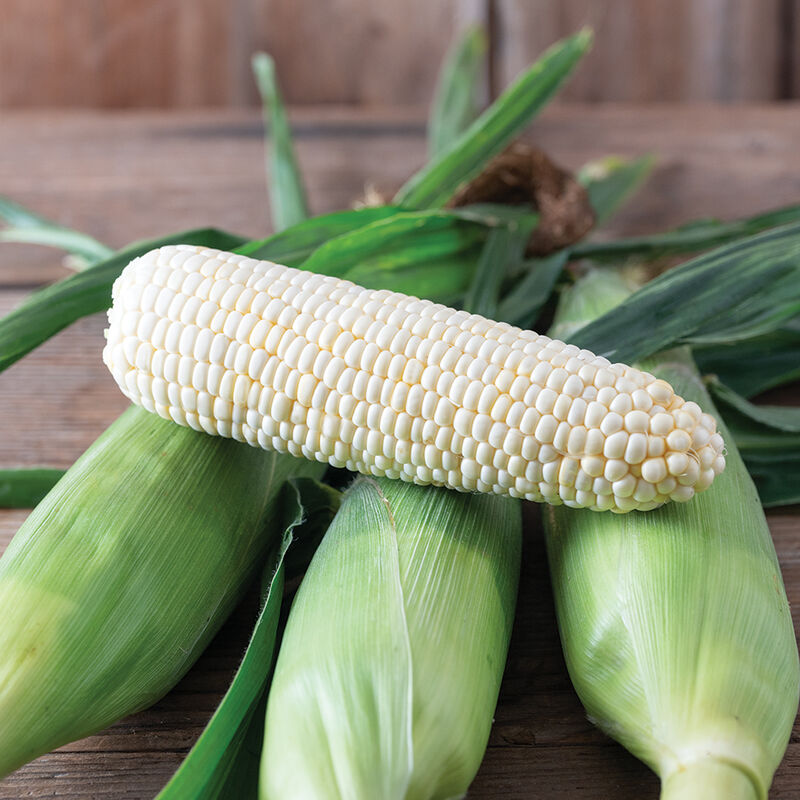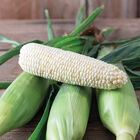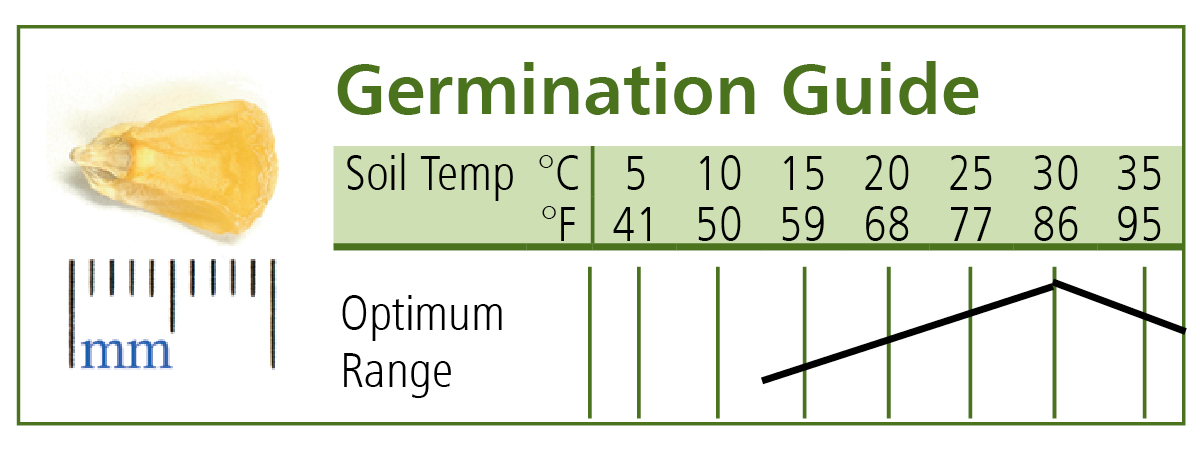Eden RMN (F1) Corn Seed
Eden RMN (F1) Corn Seed
Reliable white (sh2) variety with superior eating quality.
A midseason option that yields delicious ears even in challenging conditions. Tenderness and flavor are similar to that of Xtra-Tender 3473, which it replaced. Dark green attractive husks protect tender kernels. A good all-around performer.Disease Resistance:
Specs:
- This product does not ship to the following countries: Austria, Belgium, Bulgaria, Cyprus, Czech Republic, Germany, Denmark, Estonia, Spain, Finland, France, United Kingdom, Greece, Croatia, Hungary, Ireland, Italy, Lithuania, Luxembourg, Latvia, Netherlands, Poland, Portugal, Romania, Sweden, Slovenia, Slovakia, Australia, New Zealand, Japan, Taiwan.
- This product does not ship to the following states and jurisdictions: TX, NM, CO, AZ, UT, NV, ID, WA, OR, CA.
SCIENTIFIC NAME:
Zea maysCULTURE:
Extensive crossing of super sweet varieties with non-super sweet varieties will cause tough, starchy kernels in both types. If you plan to grow both super sweet and non-super sweet varieties, avoid cross-pollination between super sweet varieties and non-super sweet varieties using any one of the following three options: 1) Plant super sweet varieties at least 300 feet from non-super sweet varieties, or 2) Stagger plantings by a 12-day planting date difference and separate each planting by 25 feet, or 3) Plant varieties that will mature at least 12 days apart and separate each planting by 25 feet. For complete information, please read our production guide #8982, Super Sweet Corn Production. Delay sowing fungicide-treated seeds until soil temperature is at least 55-60°F/13-16°C. Untreated seeds need a minimum soil temperature of 65°F/18°C. Sow 3/4-1" deep, 6-7" apart (or 2 seeds every 9", thinning to 1 plant), rows 30-36" apart. Increase this rate for untreated seeds. Arrange in blocks of at least 4 rows for proper pollination, which is needed for well-filled ears. Successive plantings can be made through early summer; most growers prefer to extend the sweet corn season by planting a few varieties of different maturities.INSECT PESTS:
Consult your local Extension office for Integrated Pest Management information. Reduce insect pests in the next corn crop by prompt plowing-in or removal and composting of cornstalks after harvest.HARVEST:
When kernels are full and "milky," generally indicated by a drying and browning of the ear silks. Record the date on which about half the plants show silk. Corn is ready to eat 18-24 days after ear silks first show; the warmer the weather, the sooner you can pick it.DAYS TO MATURITY:
Varies widely with weather conditions and planting dates. Use these figures to compare one variety to another, not to accurately predict maturity on a given day.AVG. SEEDING RATE:
1M/500', 5M/2,500', 25M/12,500' 30M/acre at 2 seeds/ft. in rows 36" apart.SEED SPECS:
SEEDS/LB.: Avg. 2,900.PACKET:
150 seeds, sows 75' at 2 seeds/ft.Johnny's is committed to your success, every step of the way.
We want you, our customer, to be 100% satisfied with all of our seeds, tools, and supplies.
If anything you purchase from us proves unsatisfactory, we will either replace the item or refund the purchase price.




